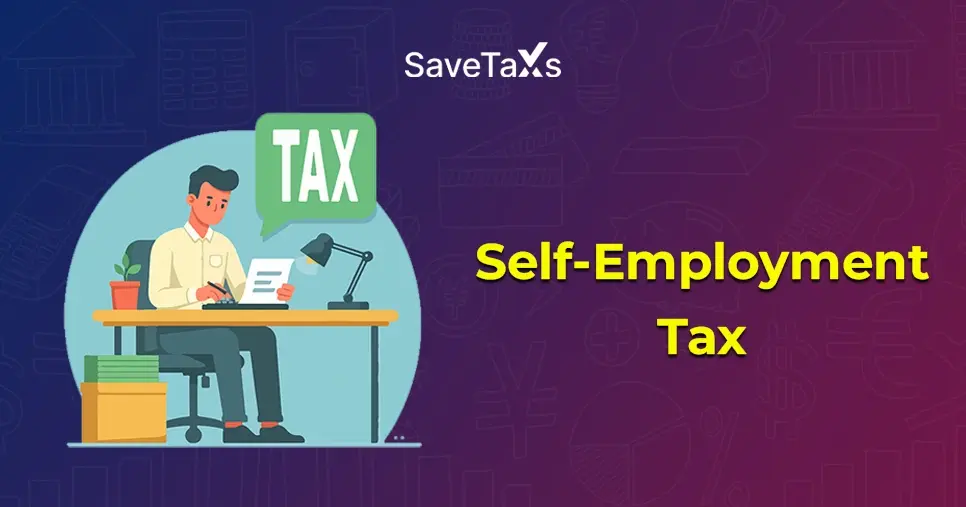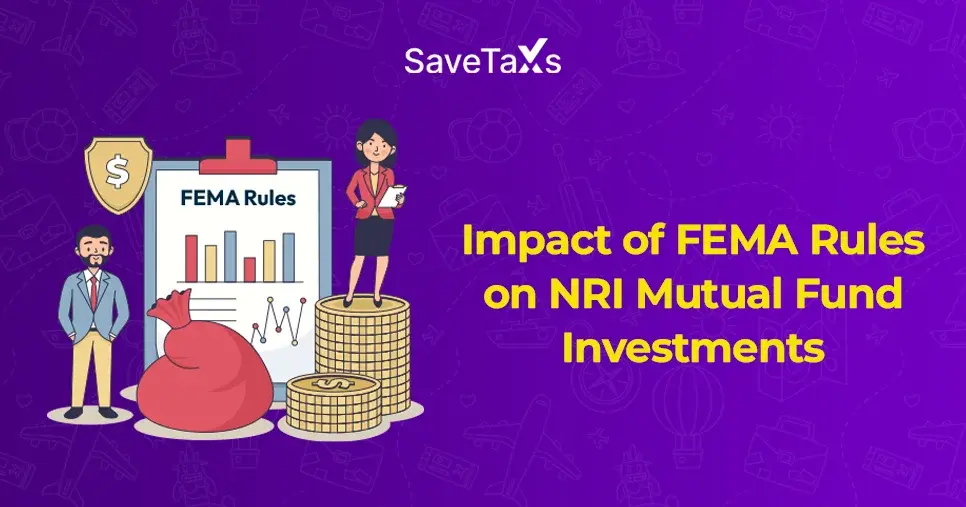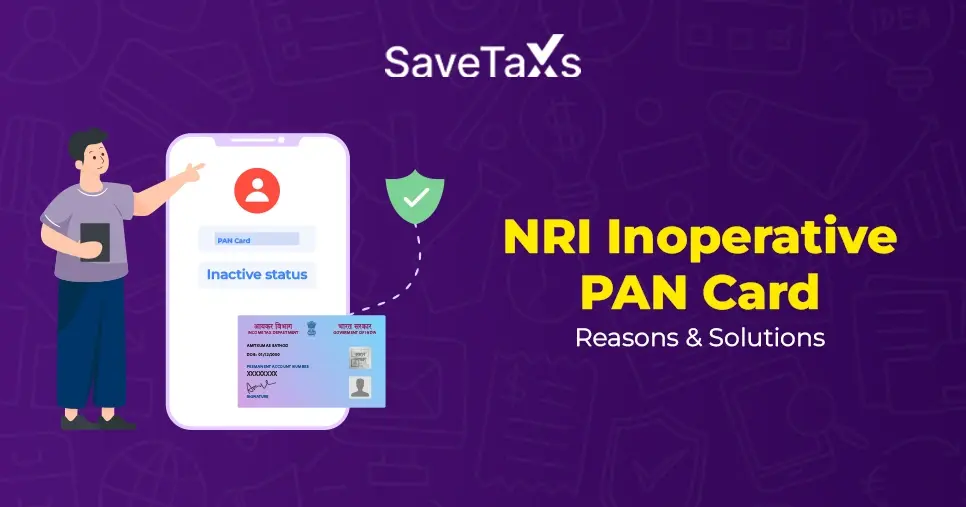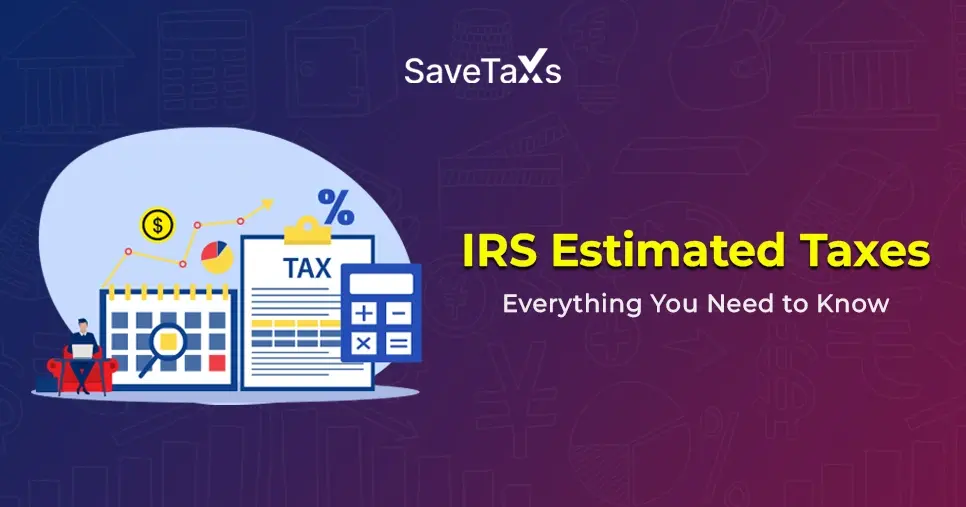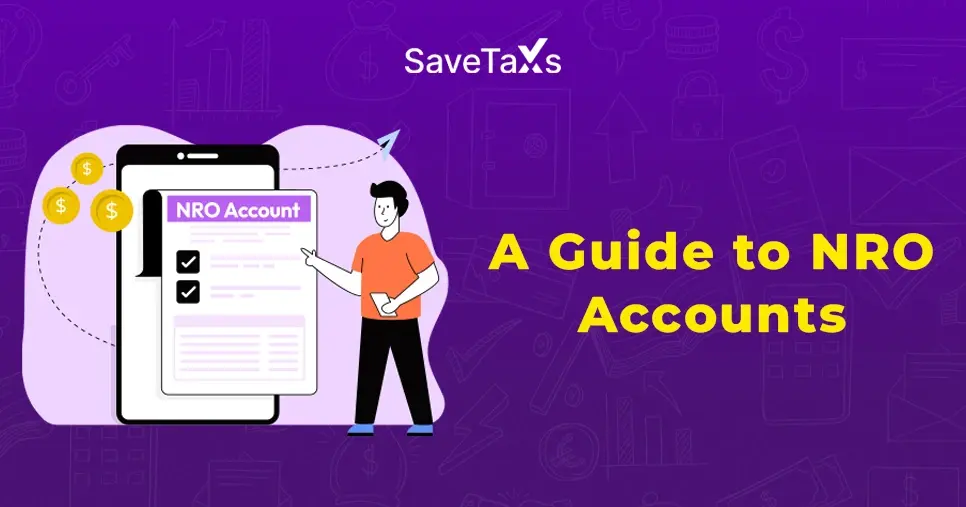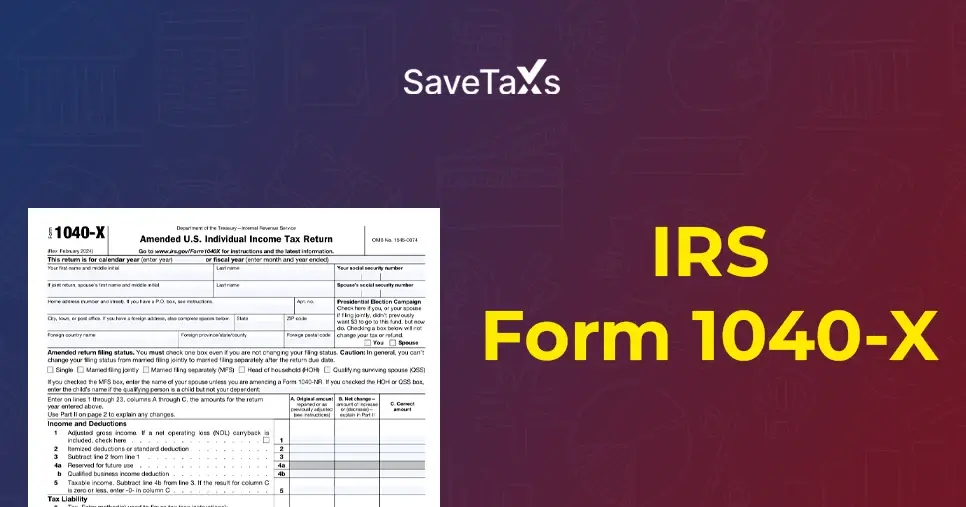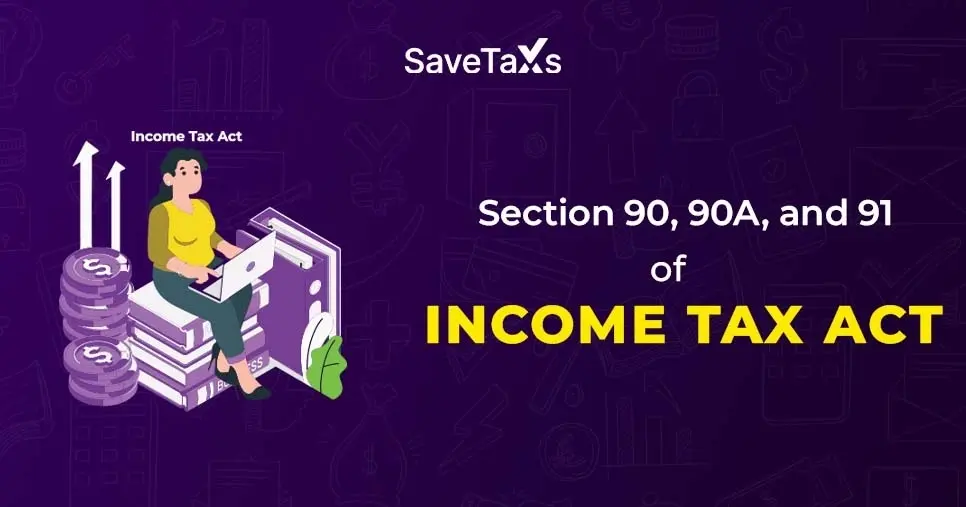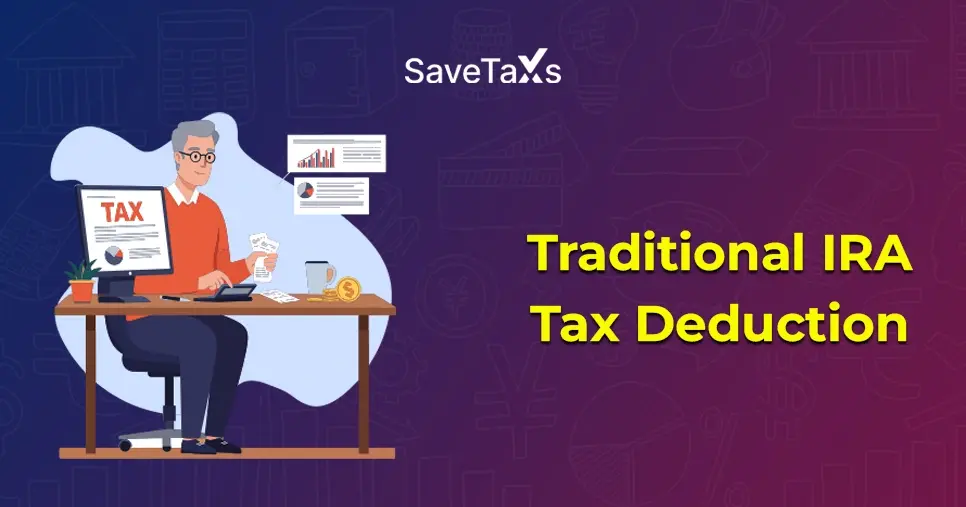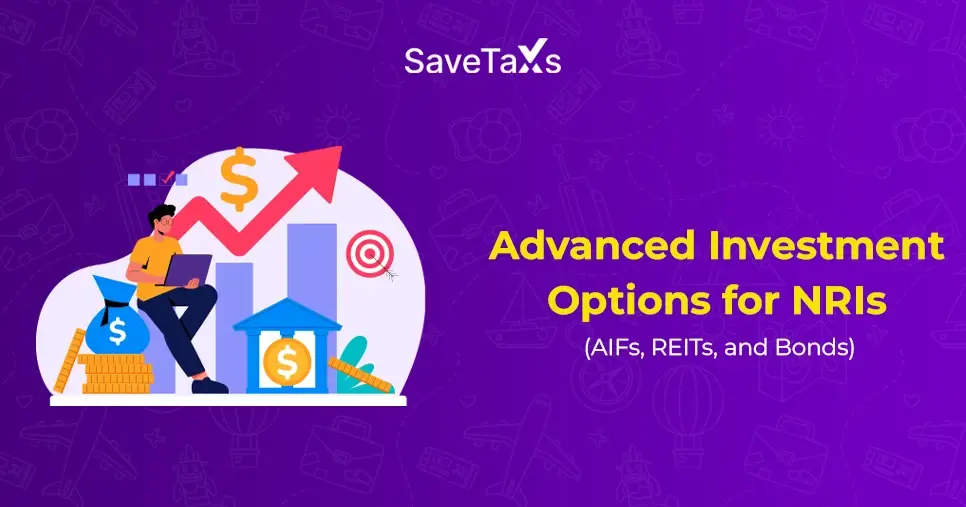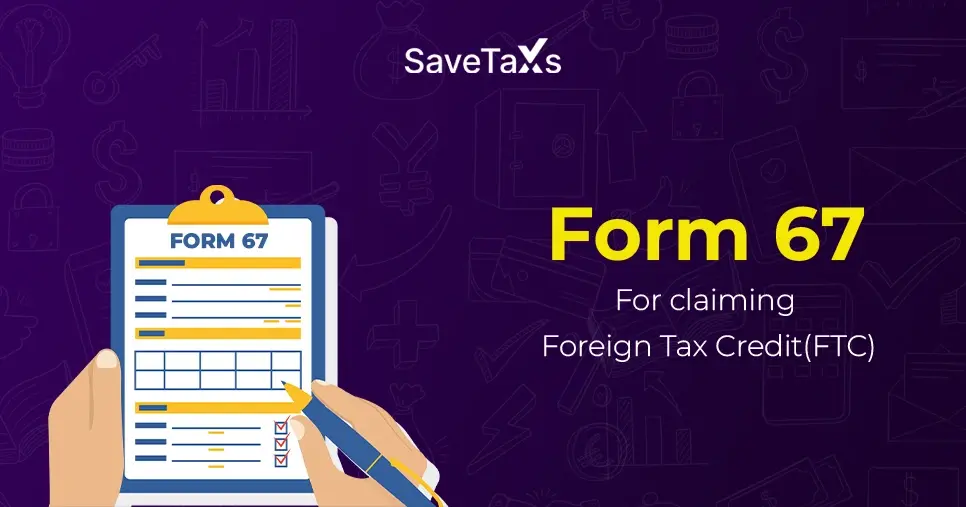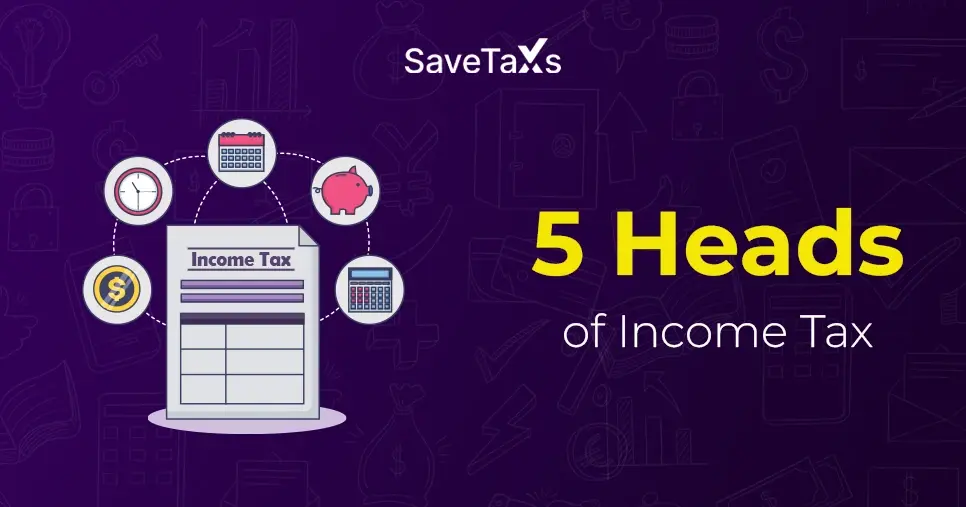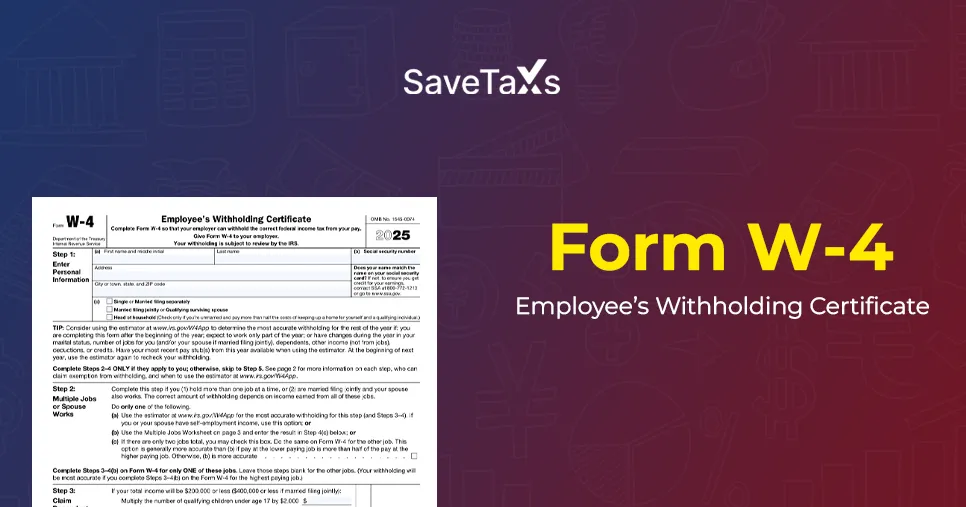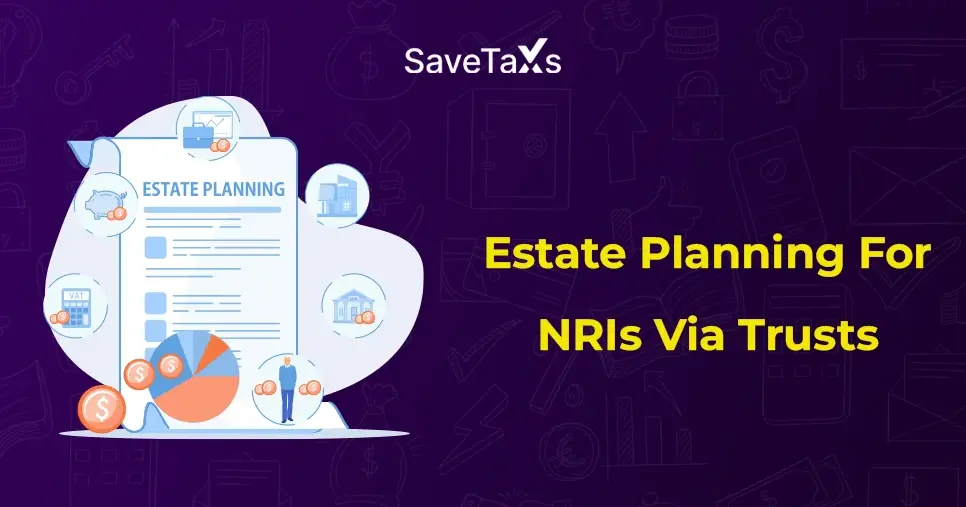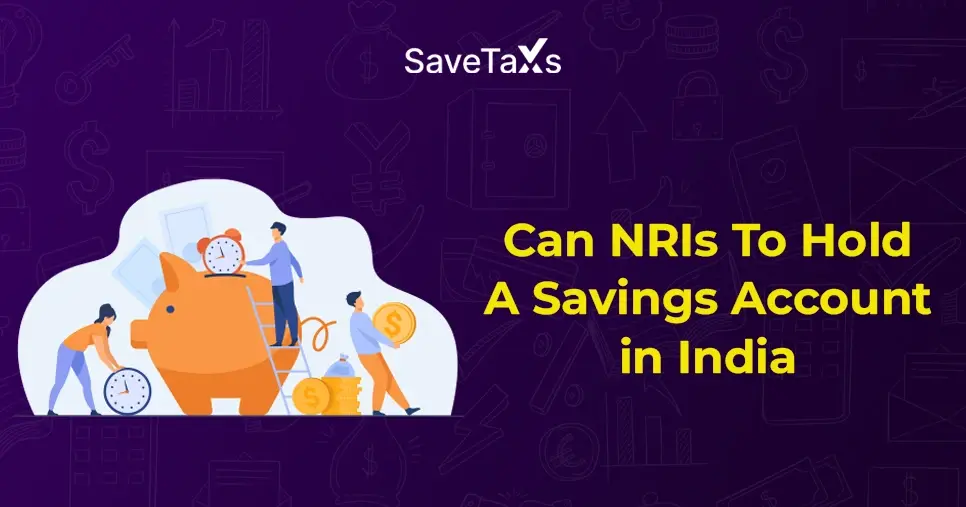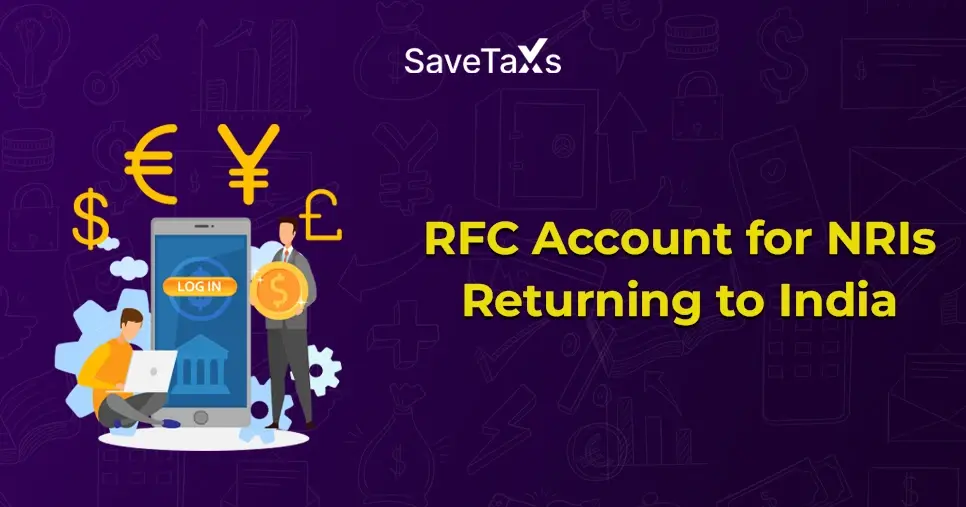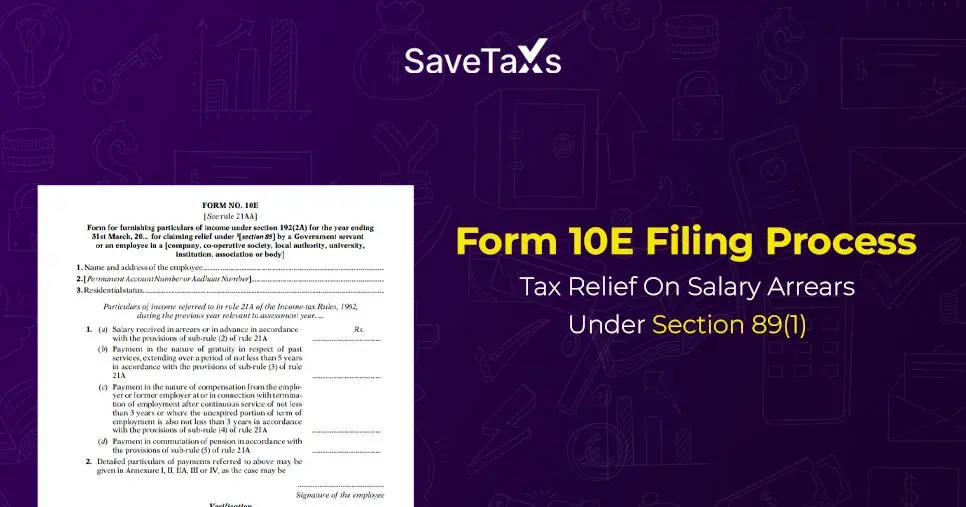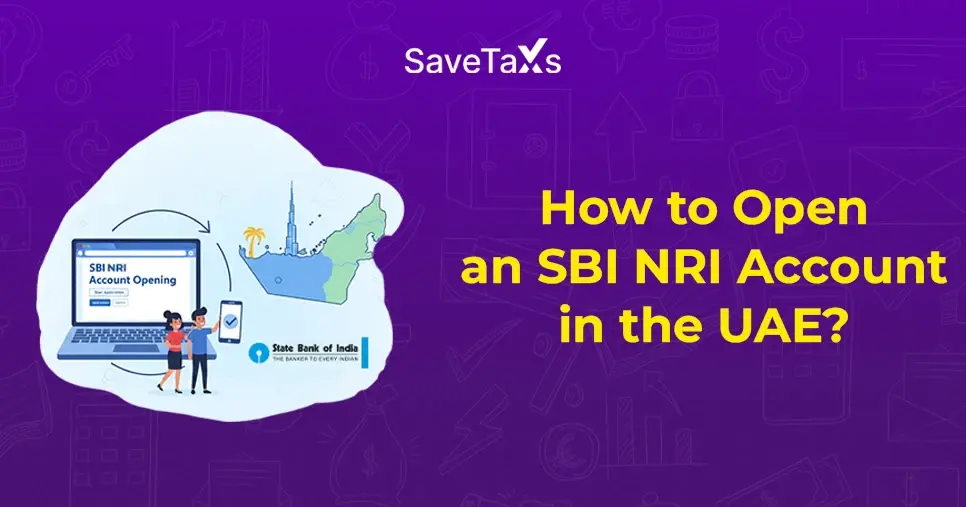Be it an independent contractor, freelancer, or sole proprietor, every self-employed individual must pay self-employment tax. This is a type of federal tax that every small business owner and self-employed individual is required to pay to fund Social Security and Medicare.
In this blog, we will understand more about what the self-employment tax includes, how to file, and then pay.
Key Takeaways
- Every self-employed individual is required to pay the self-employment tax. As a self-employed individual, you are required to pay both the employer and employee portions of the Social Security and Medicare taxes.
- To calculate your self-employment tax, use Schedule SE. After calculation, report the tax amount from Schedule SE in the "Other Taxes" section of Form 1040.
- Self-employed workers include sole proprietors, independent contractors, and freelancers.
- Any self-employed individuals who earn less than $400 a year or less than $108.28 from the church do not have to pay the tax.
What is Self-Employment Tax?
A self-employment tax is officially known as the SECA tax for the SE Contributions Act tax.
The SE tax consists of Social Security and Medicare taxes. It is for those individuals who work for themselves. Many self-employed people are surprised to see their tax bill at the end of the year. This happens because they realize the Social Security and Medicare taxes burden is now on themselves.
As an employee, you share the Social Security and Medicare taxes with your employer. And each of you pays your individual share of the Federal Insurance Contributions Act (FICA tax). Your share is deducted from your check, so it does not appear on your tax return.
But when you are self-employed, you have to pay the full amount by yourself.
Self-Employment Tax Rates
The rate of the self-employed tax is 15.3%. The self-employment tax is divided into two parts.
12.4% for social security, such as old-age, survivors, and disability insurance.
2.9% for Medicare, such as the hospital insurance.
For the year 2024, the social security part of the tax applies to the first $168,600 of the earnings. Now, if you earn more than this, be it from a self-employed job or a combination of both, then the 12.4% part of the tax stops for the year.
However, the Medicare part of the SE tax is still there. No matter how much you earn, you still have to pay the Medicare tax rate of 2.9%.
Please ensure that you are responsible for paying an extra 0.9% Medicare tax. This only happens when your wages, SE income, or compensation (together with that of your spouse if filing a joint tax return) is over the amount of your filing status.
| Filing Status | Threshold Amount |
|---|---|
| Married filing jointly | $250,000 |
| Married filing individually | $125,000 |
| Single filers | $200,000 |
| Head of Household | $200,000 |
| Qualified spouse with a dependent child | $200,000 |
Where to Report the Self-Employment Tax?
As a self-employed individual, you calculate the self-employment tax on Schedule SE. Once calculated, report that amount in the From 1040 "Other Taxes" section. By doing so, the Internal Revenue Service (IRS) can differentiate employment tax from the income tax.
Tip: As a self-employed individual, you are required to pay income tax and self-employment tax. You are allowed to deduct 50% of what you pay into the SE tax as an Income Tax Deduction on Form 1040.
Self-Employment Health Insurance Tax Deduction
Small Business Jobs Act Section 2042 highlights a deduction for income tax purposes that is allowable for self-employed individuals. This deduction is for the cost of health insurance and is taken into account when calculating net earnings for self-employment.
Who Should Pay Self-Employment Tax?
Any self-employed individual requires to pay the self-employment tax. It is done by filing Schedule SE with Form 1040 or Form 1040-SR if they meet the following criteria:
- The net earnings from self-employment, excluding church employee income, are $400 or more.
- The taxpayer is a child, and the income is $108.28 or more per year.
The net earnings of the taxpayer from self-employment are subject to the SE tax. Use Schedule C (Form 1040) to report your income, profit, or loss from a business or a profession as a sole proprietor or an independent contractor.
Now, if the taxpayer has earned income that is subject to SE tax, use Schedule SE. Schedule SE will figure your net earnings from self-employment. However, before figuring out the net earnings, you need to calculate the total earnings subject to the self-employment tax.
Schedule SE helps you calculate how much self-employment tax you owe to the IRS if you earn more than $400 in business income.
Note: The rules associated with self-employment tax apply regardless of your age. It even applies if you have received the Special Security or Medicare already.
How To Pay Self-Employment Tax?
An individual must have a Social Security Number (SSN) and an Individual Taxpayer Identification Number (ITIN).
Get a Social Security Number (SSN)
As a US citizen or lawful resident of the United States, you must have an SSN. If you have never had one, apply for it using Form SS-5. You can get this form easily at any of the Social Security Offices. You can even download the form from the Social Security Number and Card.
Get an Individual Taxpayer Identification Number
The Internal Revenue Service will issue an ITIN to the taxpayer if they are a resident alien or a non-resident alien. To apply for an ITIN, you have to file Form W-7.
Pay the SE tax with Estimated Taxes.
As a self-employed taxpayer, you may have to file the estimated taxes quarterly. Hence, you can use these estimated tax payments to pay off your self-employment tax.
Let The US Taxation Experts File Your Self-Employment Tax
As a self-employed individual, filing your self-employment taxes is important. However, understanding the entire process, including the appropriate forms, schedules, and other elements, can feel overwhelming. But that feeling is a thing of the past with Savetaxs.
Savetaxs, an emerging name in the industry of US and NRI Taxation. Our experts help you file your self-employment taxes efficiently by claiming deductions and tax credits.
We provide end-to-end assistance in filing the self-employment taxes by preparing the necessary forms and schedules.
Savetaxs have helped over thousands of NRIs and US citizens to file their taxes, and the next one could be you. We are there to serve you 24/7 across all time zones, so connect with us right away as Savetaxs never closes off for its clients, but we do close off your taxes like a pro.

Mr Vikram brings in more than ten years of experience in US Taxation. He is also an EA mentor and instructor. The expertise of Mr. Agrawal includes accounting, bookkeeping, Tax preparation, small business tax, personal tax planning, income tax, financial advisory services, and retirement planning.
- Self Employment Tax: Meaning & How To File It
- 9 US States With No Income Tax
- What is Form 1040-NR
- What is IRS Tax Form 1120?
- What is Adjusted Gross Income (AGI)?
- Difference Between Residents And Non-Residents Aliens And Their Taxes
- Know Your Tax Deadlines for 2025: When and Where to File?
- Standard Deduction vs Itemized Deduction - Which One To Choose
- Everything to Know About the 1040-SR Form for Filing Seniors
- What Is Earned Income & the Earned Income Credit?
Want to read more? Explore Blogs
Frequently Asked Questions
No matter what your source of income is, we've got you covered. There’s a plan for everybody!
Self-employment is a type of tax that is collected from self-employed individuals. Such individuals do not pay any withholding taxes through an employer.
Such individuals are sole proprietors, freelancers, and independent contractors working in a trade or a business.
